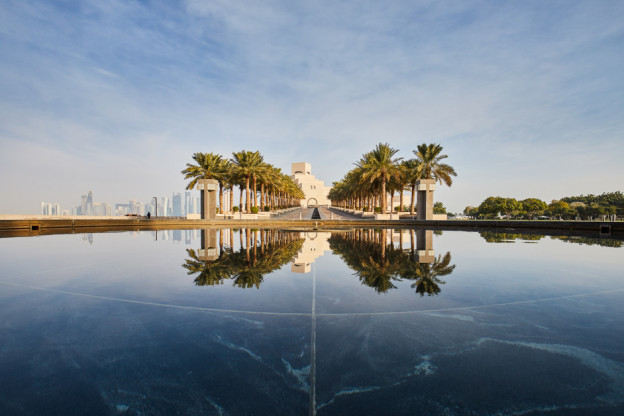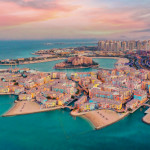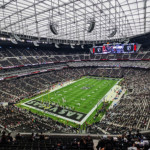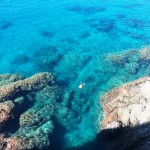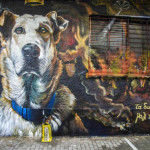Andy Mossack visits Doha to look at what awaits visitors who are seeking more than just football matches during and after the World Cup Finals.
There is no doubting the evening skyline of Doha is very impressive. A mini-Manhattan looking even more spectacular from the bow of a traditional Arab Dhow cruising the harbour. It is hard to imagine now how this skyline must have looked when Qatar was a British Protectorate in 1916 (until 1971), relying just on fishing and pearling for its income. All that changed when this small peninsular, protruding 100 miles out into the Persian Gulf, discovered oil in 1940, and subsequently natural gas, transforming its fortunes into one of the richest countries in the World.
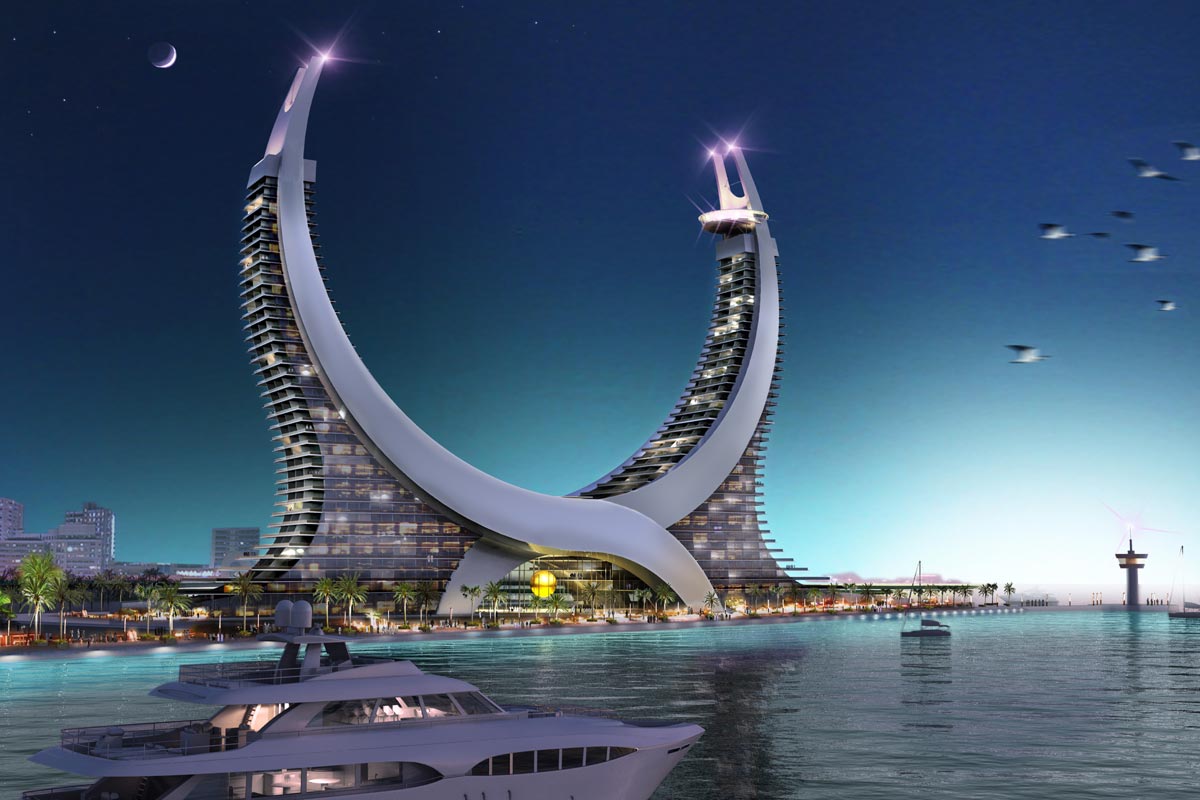
Doha has been hard at work way before winning the World Cup bid in 2010, building some of the most extraordinary architecture on the planet. It’s like a playground for the world’s best architects, let loose in a no holds barred contest, to out-design each other. From jaw-dropping hotels, with the twin horns of the Katara Towers taking some beating in my opinion, to the quite astonishing National Museum of Qatar, a structure by prize-winning architect Jean Nouvel, based on the interlocking petals of the desert rose, Qatar’s iconic desert flower.
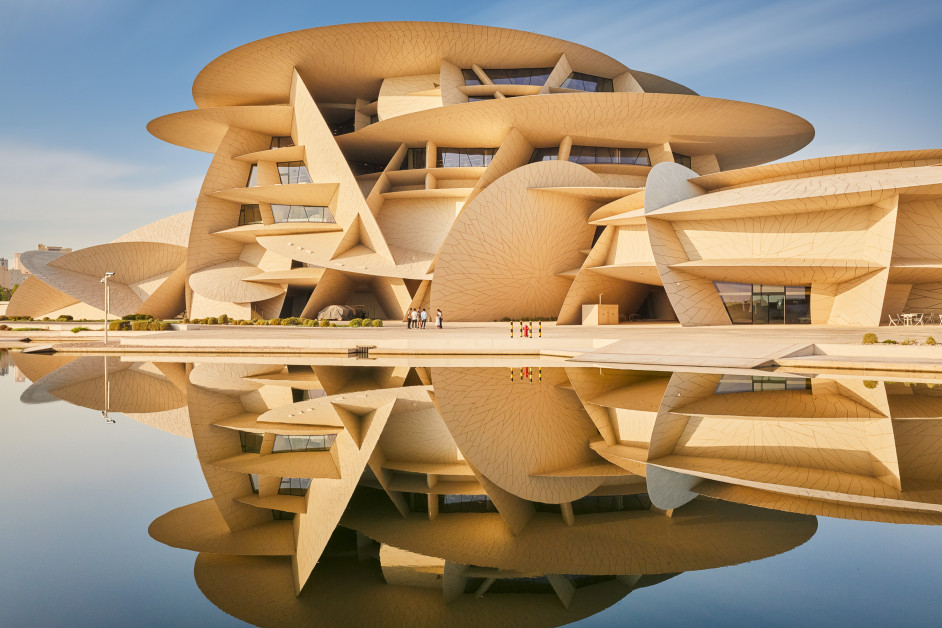
And it’s not just the external structure that’s astonishing. The interior design combines eleven galleries which replicate much of Qatar’s desert and sea landscape while at the same, state-of-the-art sound and light installations bring the country’s history to life right in front of your very eyes. What’s also cool is the merging of the past and future as the museum is built around the original palace of Qatar’s second Emir, Sheikh Abdullah bin Jassim Al Thani. Dating back to 1906, the site has recently undergone an intense restoration project to painstakingly return it to its former glory.
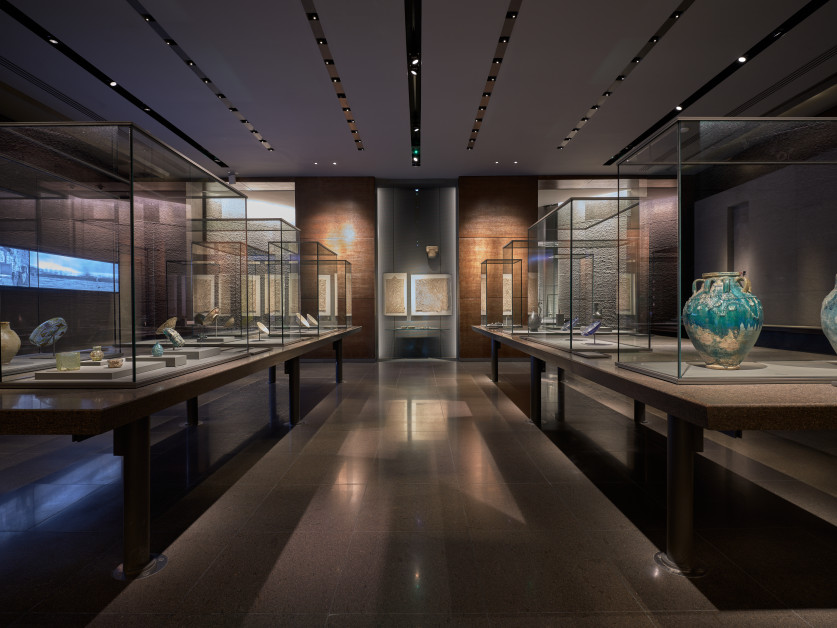
Another worthy mention is the Museum of Islamic Art, a lesser building spectacle perhaps but no argument about the exhibits on show. One of the world’s greatest collections of Islamic art masterpieces dating back almost 1,500 years, from rare parchments and ceramics to jewellery, woodwork, textiles, coins and glass. However, on the subject of art and culture, the Katara Cultural Village is a community of modern art galleries, workshops and performance arenas showcasing local and international artists. There’s a huge amphitheatre which opens up to a beach and seafront, while the narrow alleyways are filled with independent retailers. There are also two mosques here, a blue one inspired by the Blue Mosque in Istanbul, only this one was designed by a woman! The second one is smaller but covered in gold tiles.
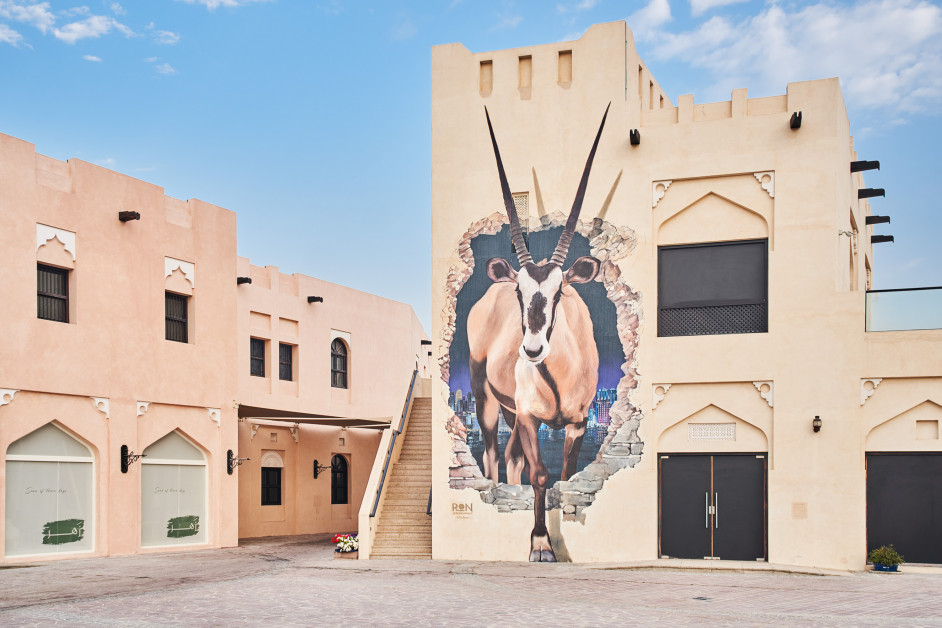

The last of the big three museums is the 3-2-1 Olympic and Sports Museum. A must for fans of sports history. Deep pockets have managed to curate a wealth of sporting memorabilia; from an Olympic torch from every one of the modern Games to Maradona’s shirt from the 1986 World Cup when he waltzed through the entire English team to score that goal.
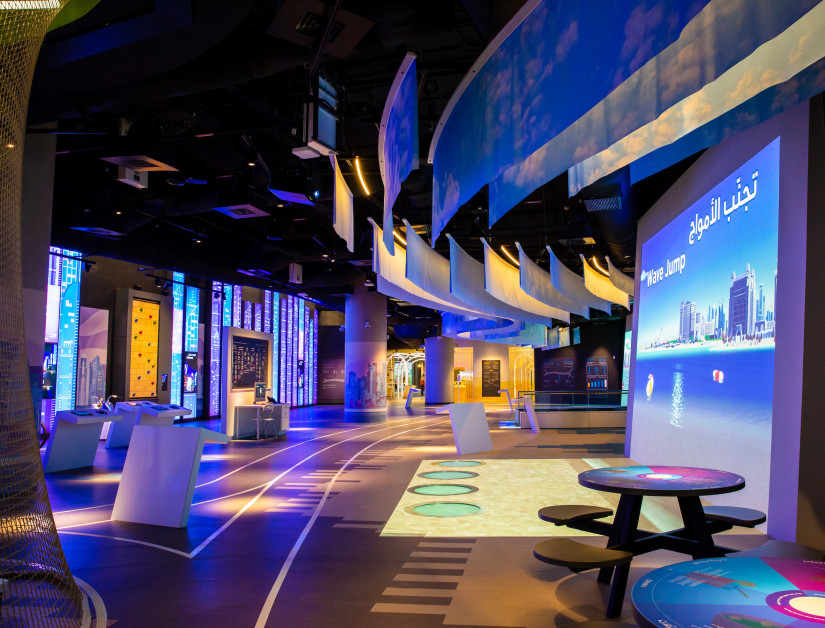

I
A rather more poignant collection of museums can be found in the Msheirab Downtown Doha neighbourhood, one of the oldest parts of the city and at one time, its commercial centre and community hub. The epicentre of Qatar’s economic explosion and full of historic buildings, it had become run down and discarded until it was given a new lease of life through private investment. In particular, four heritage houses are museums and a must-visit: Company House which was once the headquarters of Qatar’s first oil company, where Qatari labourers would line up outside to be taken to work in the desert prospecting for oil. Bin Jelmood House focuses on the exploitation of enslaved people all over the world, Radwani House looks at traditional Qatari family life, while Mohammed Bin Jassim House explores how Doha’s different communities shaped the city’s traditional architecture.
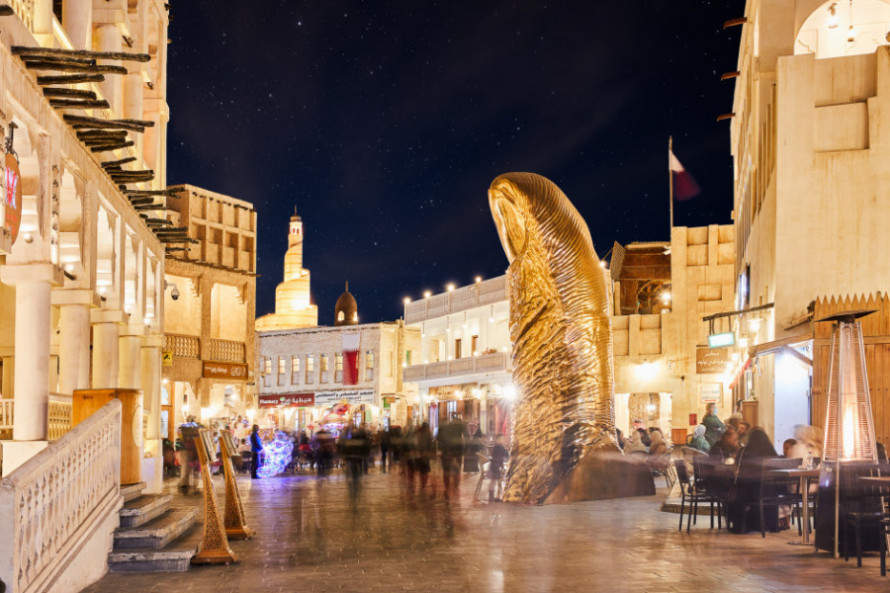
Not far from here is Souq Waqif, another regeneration project that rescued this historic Souq from dilapidation and transformed it into the busy market it once was. It is now an evening hot spot for locals and tourists alike with plenty of cafes, spice shops, souvenir stalls to barter with and of course lots of people-watching.
If shopping is your thing and you enjoy the finer things in life, then look no further than Place Vendôme a gigantic mall next door to the Le Royal Méridien Doha in Lusail City. Here, it’s so grand even the electric mobility cars seem to be inspired by Daimler. There is a huge outdoor dancing water display and a Vegas-style indoor/outdoor canal.
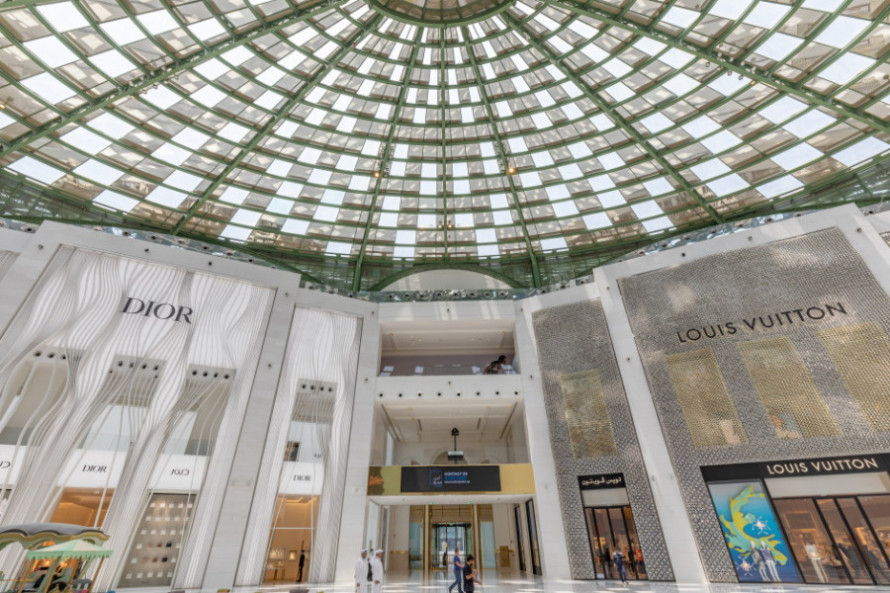
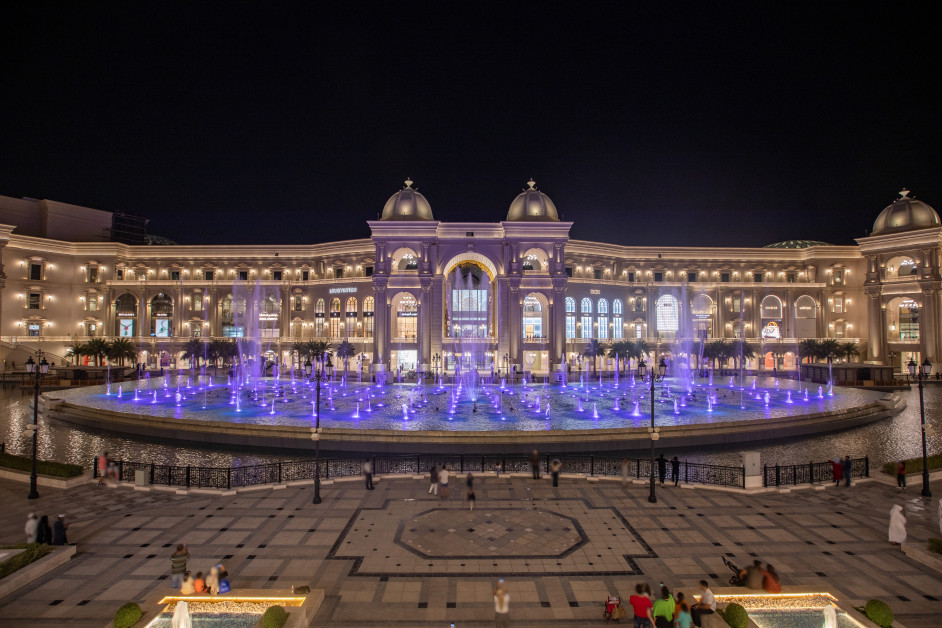
A new man-made island using reclaimed land from the waterfront is The Pearl Island, accessed by bridge from the swanky West Bay district. Taking up four square kilometres is destined to become Doha’s magnet for the rich and famous. Hardly surprising when you have a mix of luxury living, designer retailers, fancy restaurants, and the brand-new St. Regis Marsa Arabia Island at your beck and call.
For a chance to go outside of Doha, why not take a day in the desert on a dune-bashing safari and experience Qatar’s remarkable inland sea (or Khor Al Adaid as it is called locally) where the Gulf waters lap the desert sand dunes. It’s one of just three places in the world this happens, and it is on the tentative list as a UNESCO heritage site. It’s a protected reserve for many different species of marine life, birds, gazelle and oryx and a simply beautiful place to enjoy the warm waters of the Arabian Gulf and clamber up giant sand dunes if you fancy a bit of exercise.
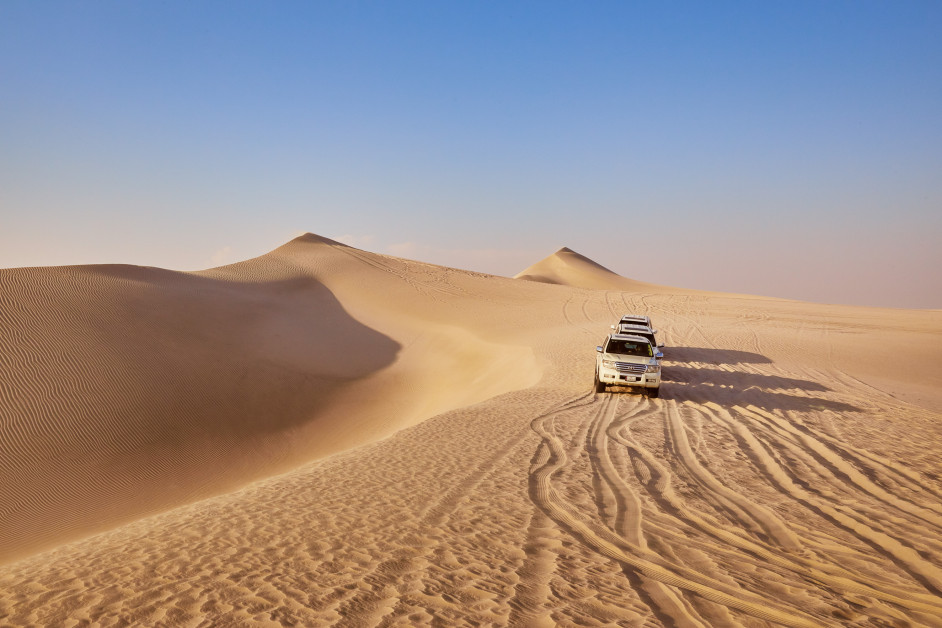
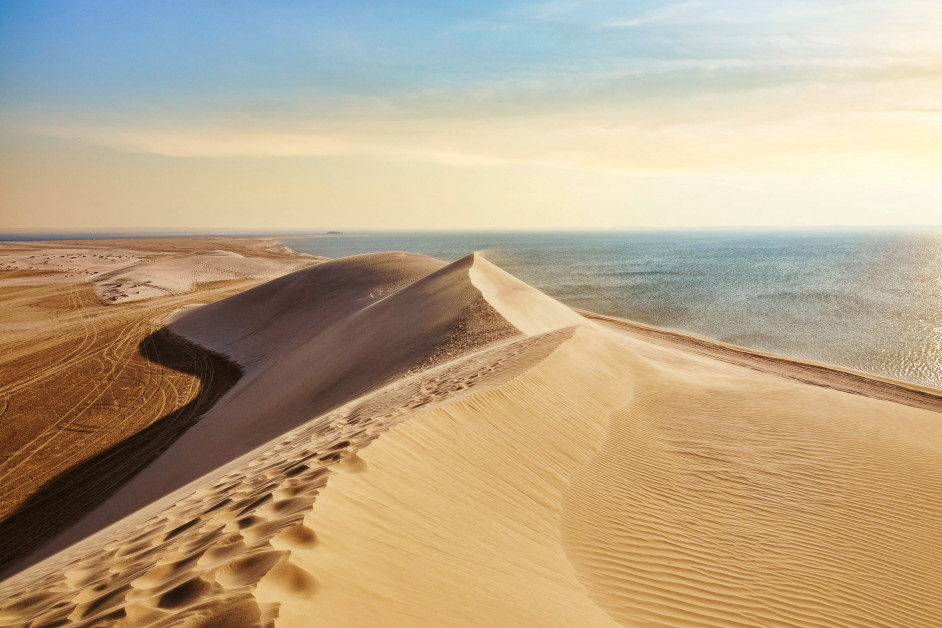
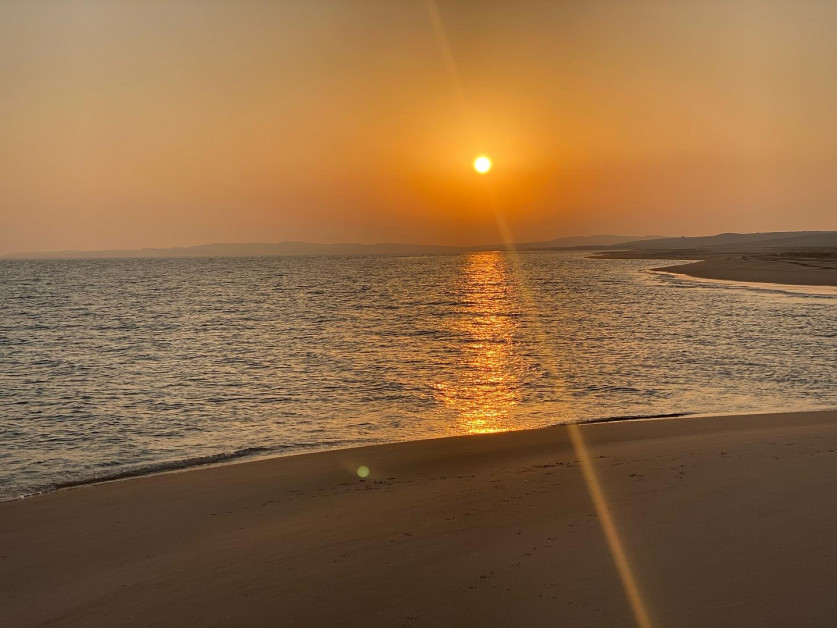
Like most other Gulf countries, Qatar has a long seafront promenade that comes alive after the sun goes down each evening. Doha’s corniche is seven kilometres long and will be used during the World Cup as a traffic-free fan zone with giant screens, street food and alcoholic drinks served in licensed tents. But during a normal year, it is always a place to have a stroll and enjoy food and entertainment.
Getting around Doha
Doha has a brand-new driverless metro system that is pristine and cheap to use. It can take you all over the city and to the airport on three different lines (red, green and gold) with another one planned for 2026.
The World Cup has put a spotlight on Qatar as a tourist destination, and it has responded by building a hugely impressive infrastructure to welcome visitors. The World Cup will be an immense learning curve for this tiny but wealthy nation and should provide a perfect launch pad to make it a serious contender as a top world tourism destination.
All images (C) Qatar Tourism except Maradona Shirt, Inland Sea Sunset and Gold Mosque (C) Andy Mossack
Tell me more about Qatar and Doha
For further information and to plan your visit to Qatar, head to Visit Qatar
Qatar Airways flies seven times a day from London’s Heathrow and Gatwick airports direct to Doha’s Hamad International Airport, and onwards to more than 140 destinations globally.
Recommended restaurants in Doha
Yedi by Chef Esat, ADRIFT by David Myers, Saffron, The Banyan Tree, Saasna NAR at The St. Regis Marsa Arabia Island, Naua at 321 Olympic and Sports Museum

